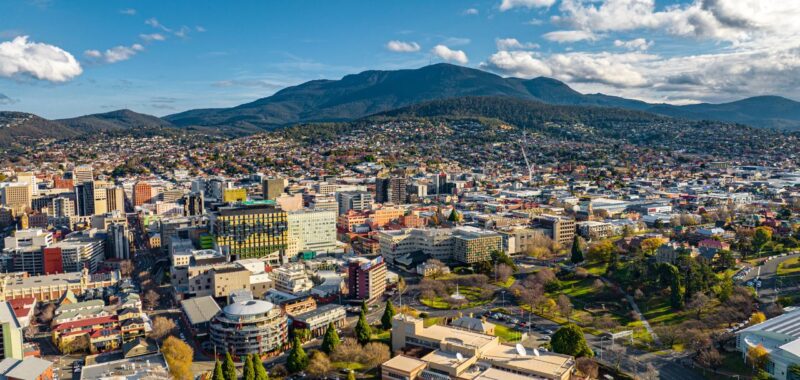New research from the Property Investment Professionals of Australia (PIPA) suggests that owning property over the long term remains a reliable path to strong capital growth, though some areas have far outpaced others.
The study, using Australian Bureau of Statistics data, examined property prices across the country from 2004 to 2024. It found that Tasmania, particularly outside its major cities, saw the most significant growth, with prices jumping by a remarkable 233%.
Meanwhile, other regions, like the Northern Territory, saw much more modest gains of just 100%.
Peter Koulizos, PIPA Board Director and the researcher behind the study, noted that smaller capital cities and more affordable regions outperformed larger, more expensive markets.
“What I found most interesting was that it’s been these smaller cities and regional areas that have led the way over the past two decades,” Mr Koulizos said.
Adelaide, Hobart, and Brisbane were the top-performing capital cities, proving that less expensive locations can provide the strongest returns over time.
Mr Koulizos also pointed out that property markets don’t follow a straight line, with price growth happening at different stages. Hobart, for example, has seen some price drops in recent years but still recorded a 193% rise in median house prices over the 20-year period.
Adelaide and Brisbane had similar patterns, with strong current markets despite long periods of little movement.
While property’s performance over time has been impressive, PIPA Chair Nicola McDougall cautioned that higher holding costs, changing tenancy laws, and new taxes are making it harder for investors to stick with long-term strategies.
“Our latest investor survey showed that 61% of those who sold last year had held their properties for less than 10 years, with 17% owning them for fewer than three years,” she said.
With such high costs associated with buying and selling, Ms McDougall suggested that many investors simply couldn’t afford to keep their properties and had to sell, particularly in Melbourne where prices have been falling.
On the flip side, Darwin and the Northern Territory have struggled over the past 20 years, with the NT’s Rest region seeing just 100% growth.
Ms McDougall explained that the region’s weaker economic conditions have dragged down its property market, although new government incentives like the HomeGrown Territory and Fresh Start New Home programs could give the market a much-needed boost by attracting more residents and stimulating demand.

